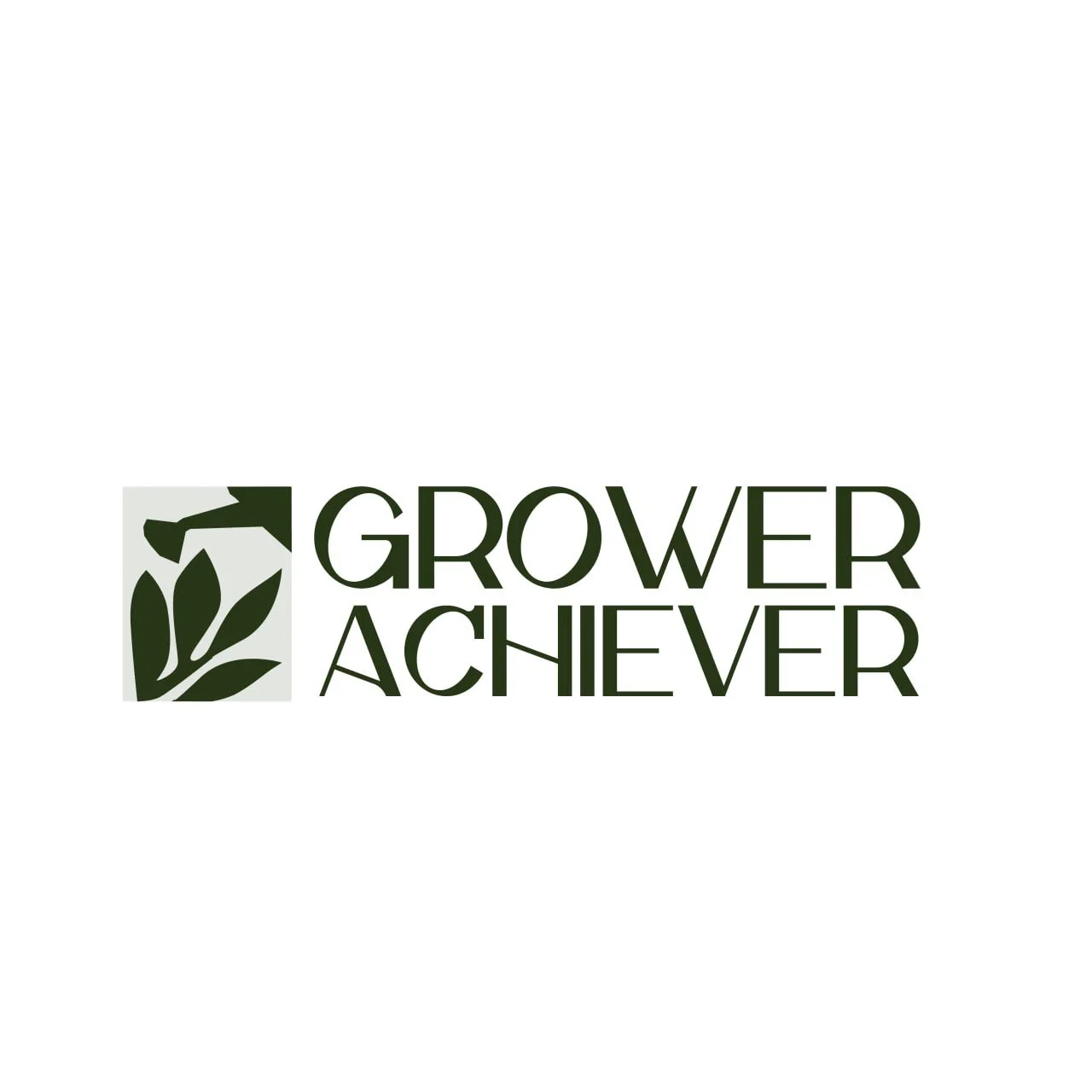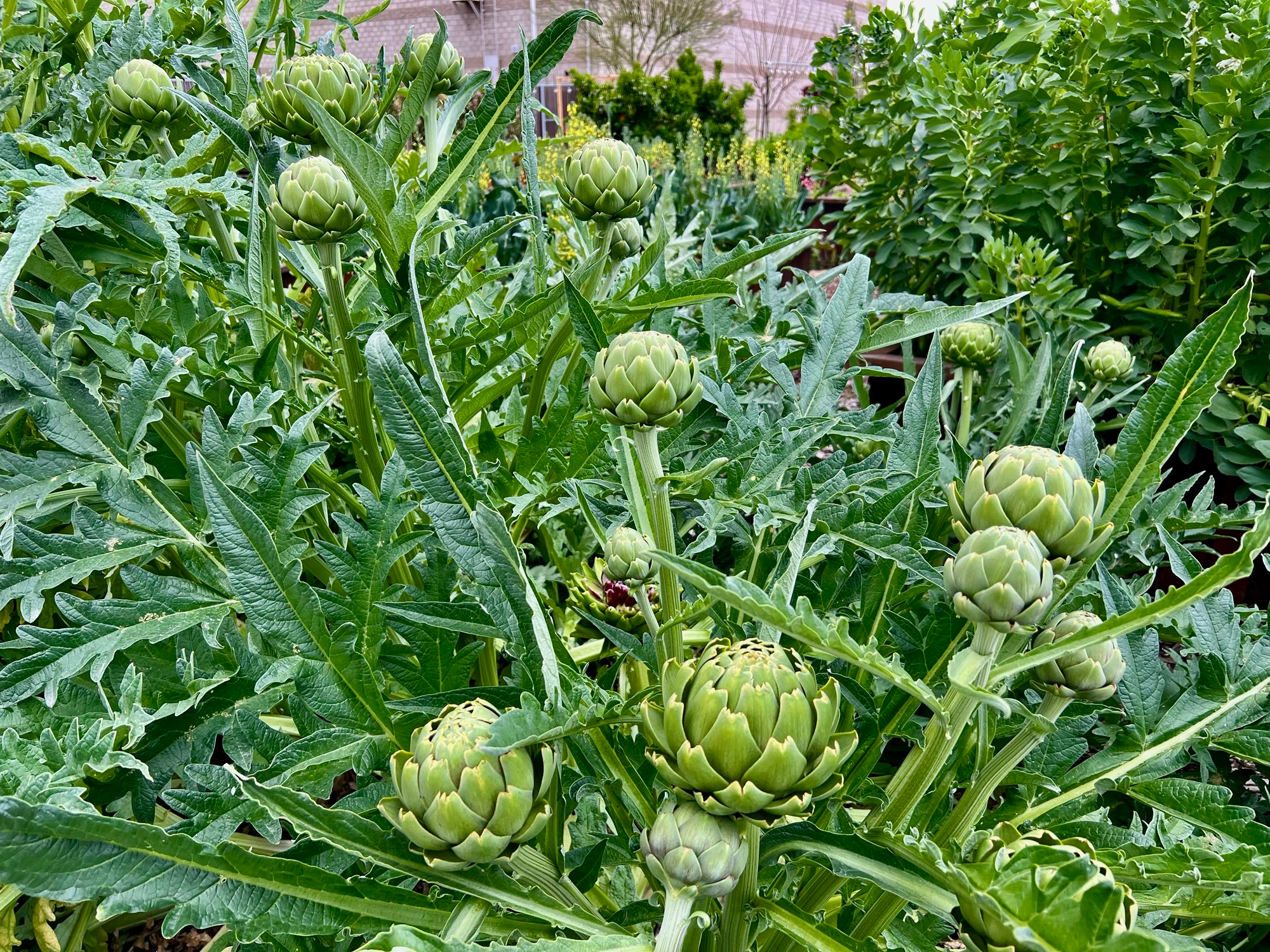The Best Soil for Perennials
I've grown a lot of perennials in pots over the years. Only until recently I found the best soil that all perennials will prefer to grow in.
I used to adhere to the "organics" camp. However, I finally found that using organic material in a perennial's root zone will only lead to problems. Organic materials like compost and bark are always going to be decomposing, which is actually more harmful to perennial roots than you might think. The prevailing wisdom across the horticulture world is that compost is good for your plants. While this might be true, it really has a specific place it needs to be in order to promote all the goodness associated with it.
If you put compost, or anything organic, in the place where the plants' roots will grow, you'll only invite problems. As the organic materials decompose, it pulls oxygen out of the rhizosphere. Oxygen is incredibly critical for plant roots to thrive, so this is probably not where we want to be placing our organic materials. Like I said earlier, organic materials like bark and compost are great, but they need to be placed on top of the soil like a mulch. This ensures you get the benefits of the organic materials and also spare your roots of any oxygen robbing.
So what is good soil for perennials if compost isn't? The proper soil for perennials needs to have good airflow, hold moisture, and not rot. Think about it. Perennial plants in Nature grow in mineral soils, whether they are clay, sand or silt. They're not growing in organic matter. How can we replicate a mineral soil in a pot? We can achieve this by using materials that don't decompose but still accomplish our goals of promoting airflow and holding moisture.
Need Some Extra Help?
If you find that even after reading this article, you still want some personalized help, then don't hesitate to sign up for a consultation.
Materials for Proper Potting Soil
This is where we want to either use peat moss or coconut coir for the moisture holding capacity. So far, these are the materials we know that resist decomposition but hold onto water for a very long time. Using either will be fine for your soil mixture.
Using either sand, pumice or perlite will help you achieve proper airflow. Sand is the heaviest of all of these, so you'll want to keep that in mind if you don't want to lug around heavy pots all the time. Perlite is much lighter but it also tends to rise in a potting mixture when irrigated. This can cause an imbalance with the peat moss or coir. Pumice is probably the best option here because it doesn't rise when you irrigate, but it is lightweight and promotes airflow. It also holds onto a little bit of moisture in its microscopic pore spaces.
Percentage of Each Component in the Soil
Now that we know the materials we can use to create a proper potting mixture, what should we do about percentages? According to Gary Matsuoka of Laguna Hills Nursery, a more long-term potting soil is going to have more of the rock-like components than the plant-based components like peat or coir. Their Top Pot recipe has about 66% drainage ingredients and 33% moisture retention ingredients. They also make an Acid Mix, which they use for berries and other plants that prefer more acidic conditions. This is 50% peat moss, 50% pumice. If you're going to grow anything long-term in a pot, then you probably want to create a soil like the Top Pot recipe. Anything short-term can grow in an Acid Mix type of soil.
I personally like to use Top Pot for most of my potted perennials. The variety of components is nice and I appreciate having charcoal in the mix, which helps nutrients stay around longer. I have first-hand seen struggling citrus trees rebound within a few days after going from a heavy, organic-based soil into Top Pot. My avocados love the Top Pot mixture, too.
Adding in Nutrients to Your Soil
Remember that these soils aren't going to have any nutrients so you'll need to add those in. I personally use compost and a rock dust and give them a monthly feeding. I also use gypsum to add in calcium. You could also use slow-release organic fertilizers you would prefer.
Conclusion
That concludes our review of what the best soil would be for perennials. Remember to avoid anything organic that can decompose and leave those for mulching purposes. Creating a blend that is similar to the Top Pot or Acid Mix recipe will help you achieve astounding results for your perennial plants.

